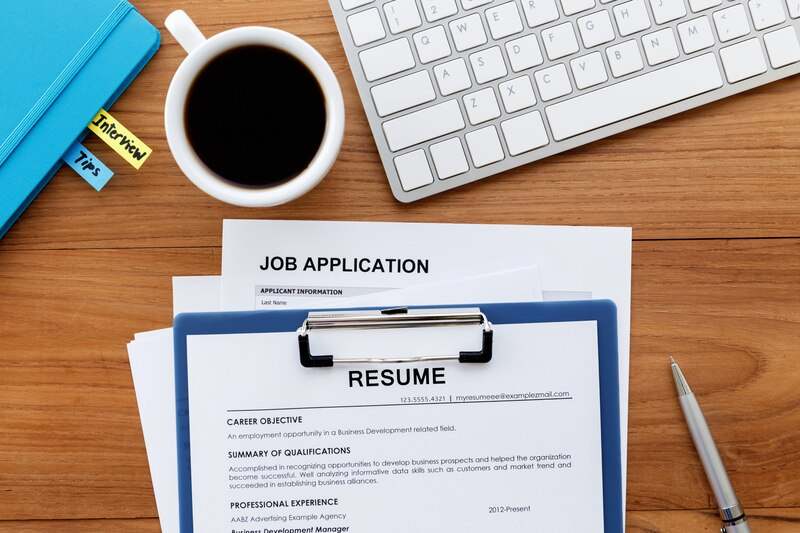Don’t underestimate the value of the design and content of your CV. A good resume catches the attention of recruiters and helps determine whether you’re a fit for their company. An exceptional resume can be the path to a new position. What should a resume look like? The following is advice for creating a resume that will wow recruiters and help land you a job.
-
Keep the design simple: In most circumstances, a clean, simple layout is best.
-
Use clear headings in bold type, capital letters and/or a different colour.
-
Leave plenty of white space.
-
Skip the graphics, pie charts, and illustrations.
-
Use an easy-to-read typeface in a formal and modern style.
-
Use the same font throughout the document.
-
Keep your font size between 10 and 12 pt.
-
Go for single or 1.15 line spacing.
-
Use a double space before and after each heading.
-
Go for a single page, including only relevant details.
-
Make every word count.
-
-
Use keywords to help you get through the automated applicant tracking and filtering systems. Keywords should be relevant to the job profile written for the position you are applying for. Place them in the skills section, work history and summary.
-
Be easily reachable by providing your contact info near the header.
-
Provide a summary statement that explains the value you bring. Place it at the top of the resume, beneath your header, and write it in the third person. Use it to offer a quick snapshot of your experience and qualifications. Make it brief; no more than 3 to 5 sentences. You have only a few seconds to convince the recruiter to read more deeply.
-
Highlight key skills: Read the job description carefully. Create a prominent skills section, listing skills that match the requirements of the job you’re applying for. Utilize the exact language used in the job ad. Include soft skills (ie. communication, time management) and hard skills (ie. software or technical expertise).
-
List your most recent experience first: Beginning with your last position, include each company you’ve worked for, your title, the dates you worked there and several bullet points that describe your key accomplishments and responsibilities. Use concrete data points (specific quantifiable results) to provide recruiters with the scope and context of your work (How frequently did you do a task? How big was your team? How many people used your product?).
-
Include other positions: Don’t be afraid to include positions that aren’t directly related to the one you’re applying for. Use these to demonstrate the skills and qualities you want to be highlighted.
-
Add a section for volunteer/other experience: Use this section to add personality to your resume, sharing skills gained outside of the workplace. Include clubs/organizations, volunteer experience, awards you’ve won, and even interesting hobbies or activities.
-
Include degrees/certificates: Many jobs require degrees or certifications. List yours.
-
Proofread carefully for grammatical errors, spelling mistakes and readability issues. Even a tiny typo can land your resume in the recycle bin.
A great resume is your ticket into the job you desire! Keep your resume design clean and simple and focus on writing the most engaging document possible.

